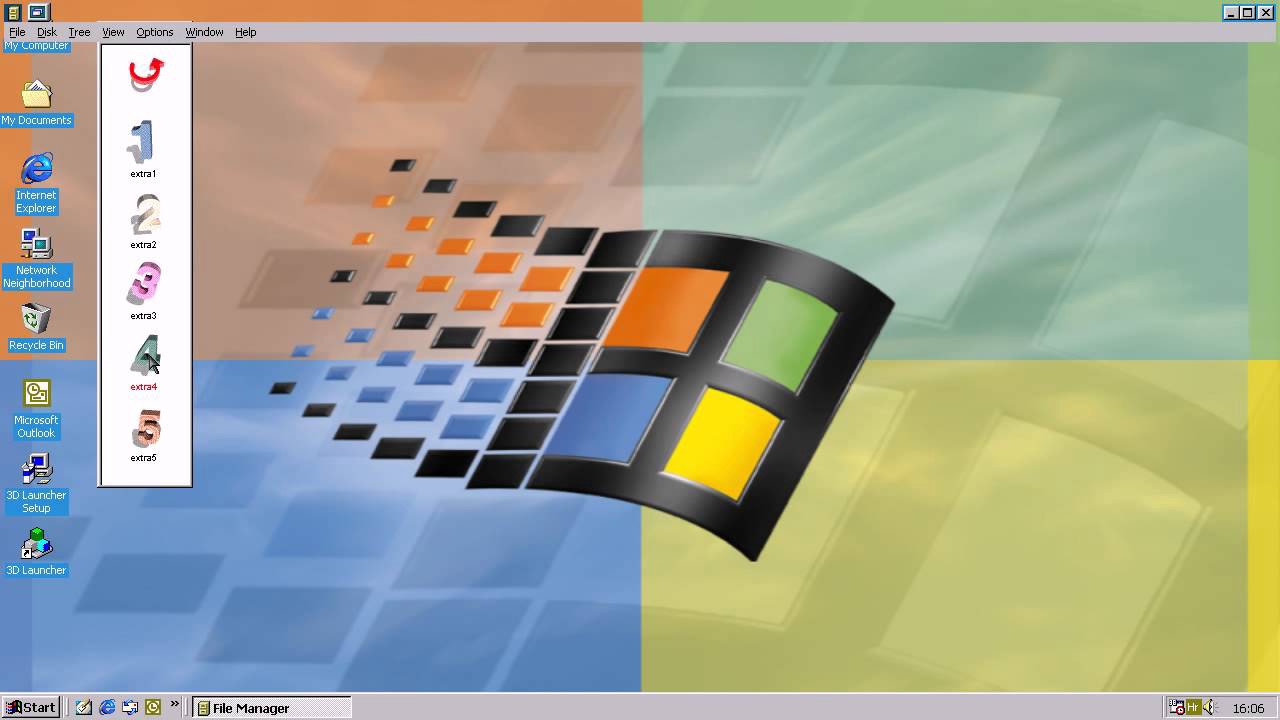Back in 2018, Dan and James travelled half-way across the world to “Show & Tell” a slice of Coda’s tech at the Digital Insurance Agenda in Munich in 2019.
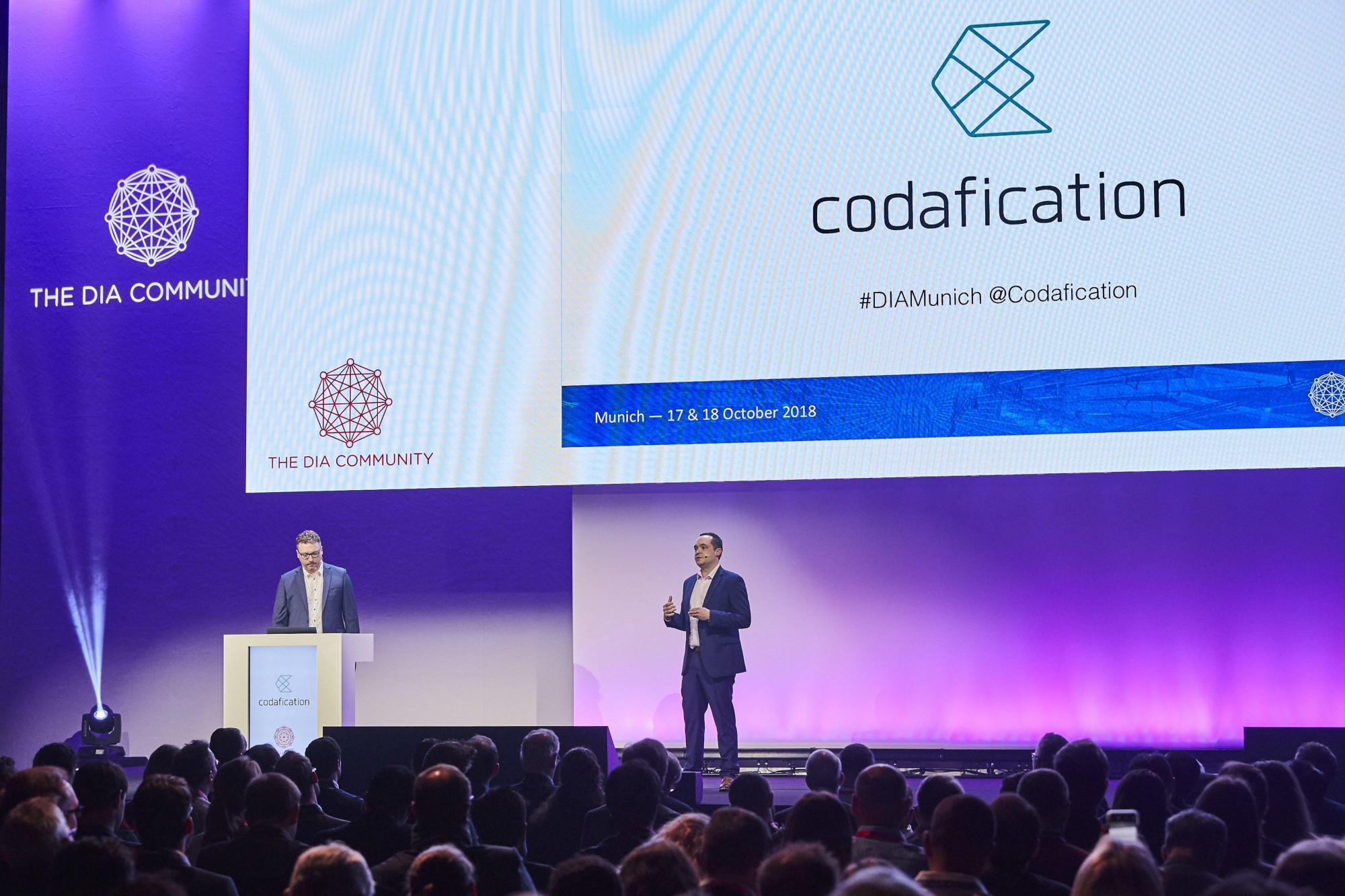 If the title gives you anxiety, I’m not surprised. We all know that software development can be as unpredictable as Donald Trump, and it can be common for developer teams to say a big “nope” to giving estimated dates for completion.
If the title gives you anxiety, I’m not surprised. We all know that software development can be as unpredictable as Donald Trump, and it can be common for developer teams to say a big “nope” to giving estimated dates for completion.
But the team at Codafication has something up our sleeve that has made this unpleasant title possible: the Unity Cloud Platform.
"Unity Cloud is our private cloud, on-premise or hybrid solution. It glues together any legacy technology, best-in-class middleware, microservice or database under an extremely powerful and secure API."
We’ve got a growing library of modules that employ tools like AI, IoT, WebRTC, and even robotic process automation, to help you remodel and orchestrate your data however you’d like. We also let you ship docker containers written in any language directly into the platform, so if you want to bring your own tools and leverage the ecosystem, you sure can!
So when we got the thumbs up for participating at the Digital Insurance Agenda in Munich (alongside a hundred other tech companies, by the way), there was no doubt in our minds that we could pull off a fresh new app that was suited for our audience of insurers.
Take note: there’s also a prize at stake for the tech solution that 1300 odd delegates would be voting for. Challenge accepted!
Because Unity Cloud allows other organisations to plug in their own apps if they like, we thought we’d demonstrate how easy it is to create a new app and plug it into our existing library.
We called the new app “Single Customer View”.
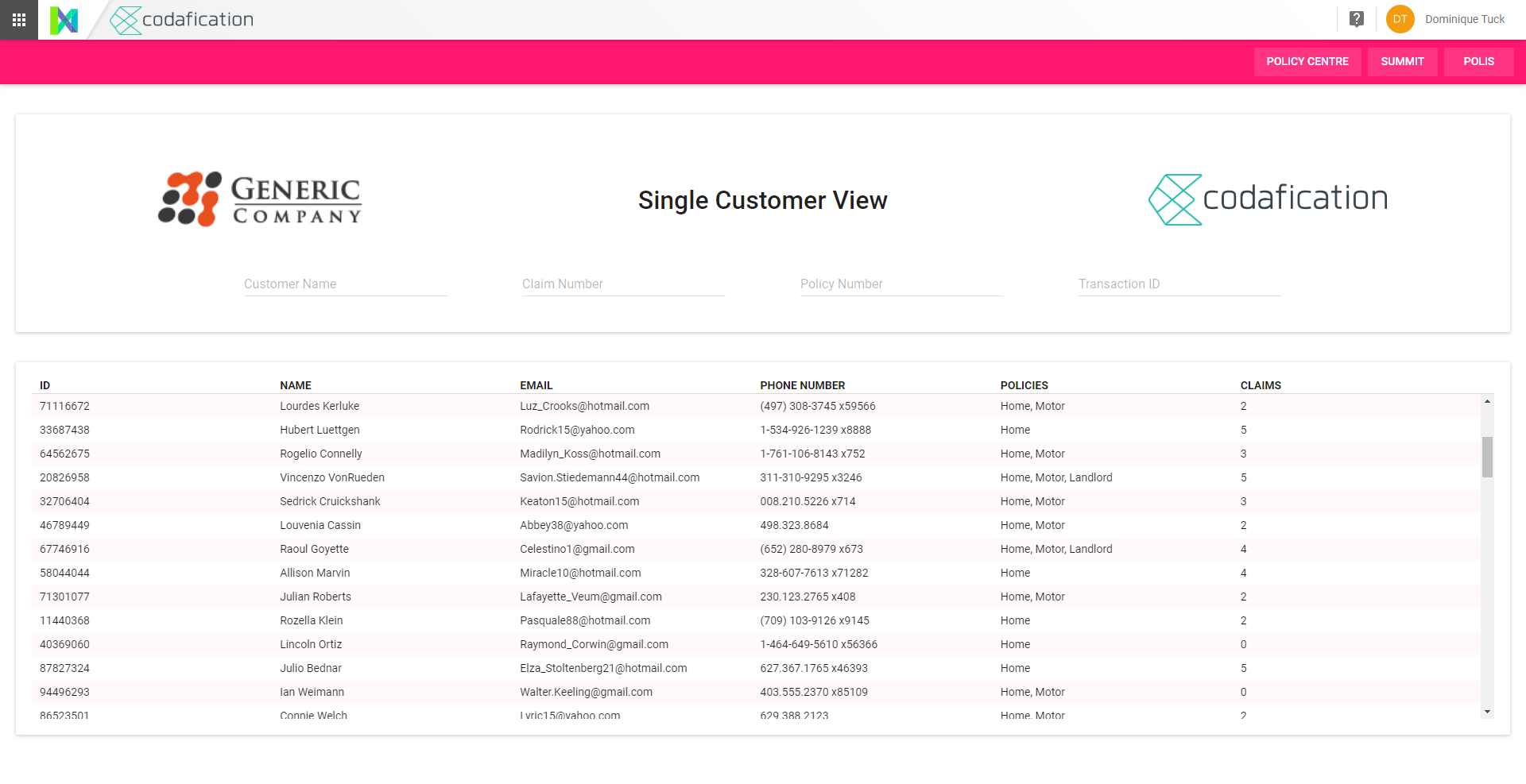
The premise of Single Customer View is simple: collate everything you need to know about your customer in a single viewing pane. For insurers who have their customer information tied up in layers and layers of multiple systems, legacy software and policies, this is can be a bit of a pipe-dream.
But we didn’t want to stop there. We wanted to include communications, all active policies, internal notes and even customer sentiment. For brownie points in the demo, we’d have to show this happening in real-time.
For this to work, you’ll probably want to get all of your systems together and integrate these into our platform. We have a developer portal that’s useful for this that has the power to visualise all of your connections once we have them all plugged in.
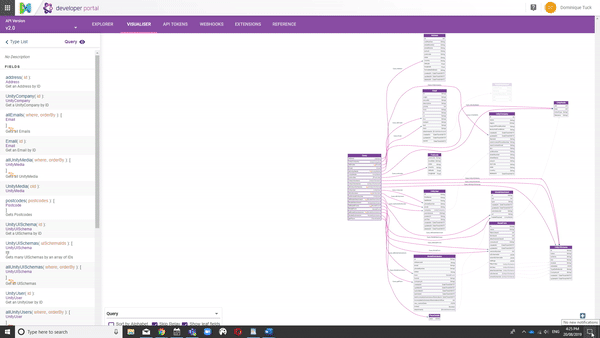 Complicated visual, what does it mean?!
Complicated visual, what does it mean?!
What you’re looking at here might seem a little “spaghetti”, but the point of it is this: The Unity Cloud API understands all of your connected systems, then displays the relationships between your datasets, ready for consumption.
For the data scientists and developers in out there, we give you a single API point and a query language that has all of the power of a SQL server query. To make things a little easier, we’ve added auto-complete tooling; you can automatically discover connections between different data sets, and customise a payload exactly as you need it.
What if you’ve got some rest API’s that are completely separate? Not a problem! Unity Cloud can query both of these systems in one go.
For example, let’s say you have a system that knows about policies, and a separate system that knows about claims. With one query, you can get structured data payloads from both of these endpoints; in fact, you could have hundreds of endpoints in the single query, all being read in real-time. This is the basis of how we can connect all of your relevant systems, and start having some fun creating those new workflows I’ve been waffling on about.
So: Imagine that you’re an insurance customer, and you’re pretty upset because your claim hasn’t been going well. You send an email:
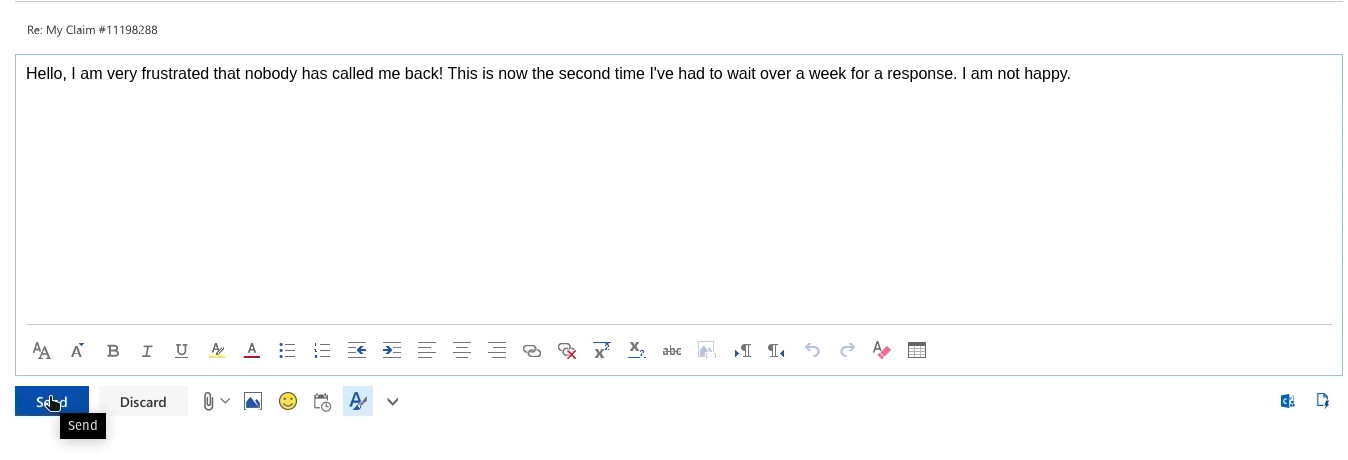
Cranky email from James
While the Insurer’s customer service team receives the email to their regular inbox, Unity Cloud will also pull the email into a couple of places.
First, the email will go through the module that we call “Modeller”. It’s an existing app within our platform and is intended to help orchestrate processes. The true beauty in it is that it employs any best in breed IoT, AI, API, services on the Internet, and combines these with orchestration workflow into your systems — basically, you can define inputs and desired outcomes with a good suite of tools. For our demo, we have set up a Sentiment Analysis workflow:

Sentiment Analysis workflow
As you can see here, we’ve got a couple of steps to help check your inbox, and then search the Internet for sources of customer sentiment analysis. We then calculate a score, find the associated customer, and update the customer. So here’s the AI now, giving us the sentiment: 97% negative in Modeller.
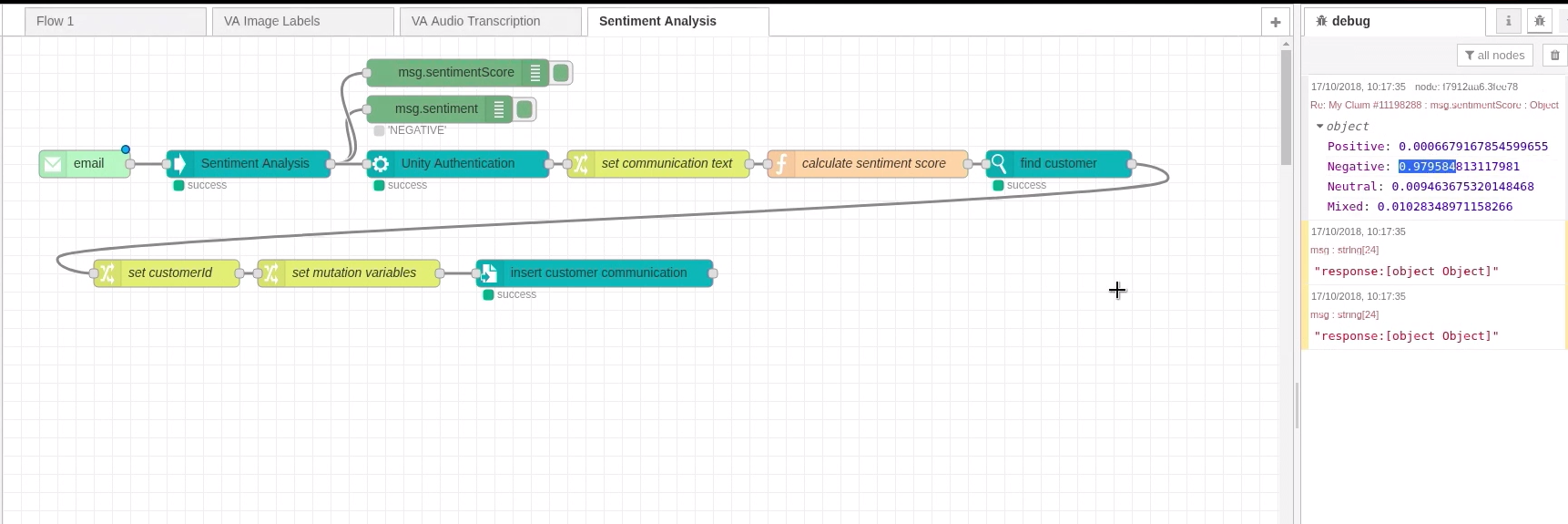
Sentiment score from the cranky email
Switching back to the single customer view, we’ve received a push notification alerting us of an email, and showing that the customer is a bit upset; something that needs to be looked at!
Push notification within the Single Customer View
I quite like the recent NPS graph too — clearly, James has had a turbulent journey with the Insurer so far. By clicking on the “view” button, I can now view everything I need to know about James.
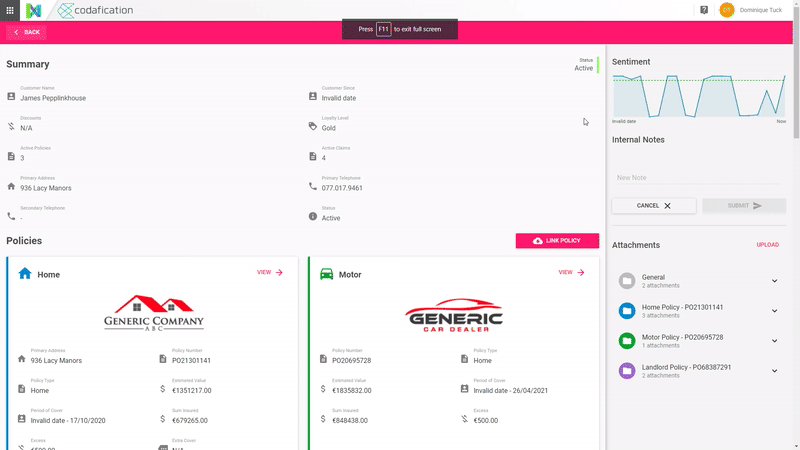
Voila! (I can’t make this GIF any bigger, sorry!)
This just one example of something you can do with Unity Cloud. Maybe you’d like to visualise data, create better customer experiences, or build analytics dashboards inside your organisation.
One thing I should note here is that you don’t have to be in the Insurance game to get some use out of our platform. Unity Cloud is a launchpad for disparate systems, and those in financial services, government and even healthcare all have these things in common. If you’d like to know more, you can check out our website unitycloud.io for more!
PS: the delegates at DIA Munich liked us so much, they voted us in for a DIAmond award!
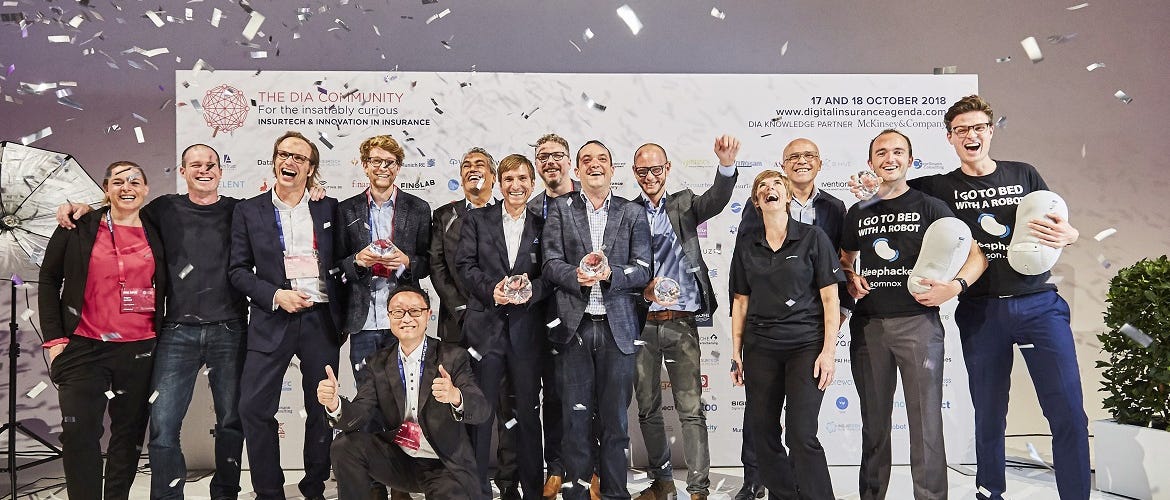
Dan and James with the DIAmond award!
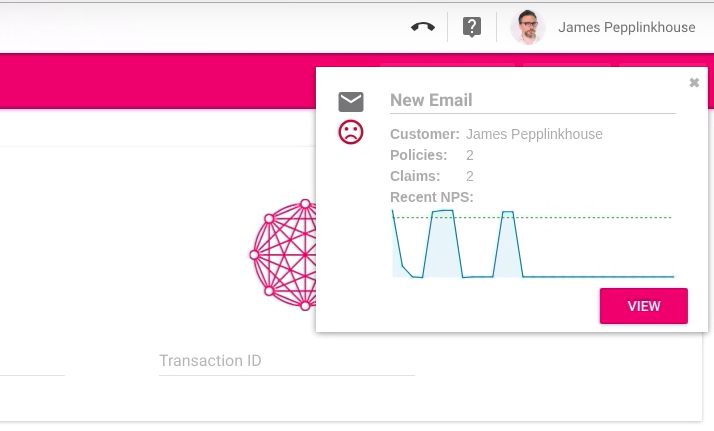


.png)
